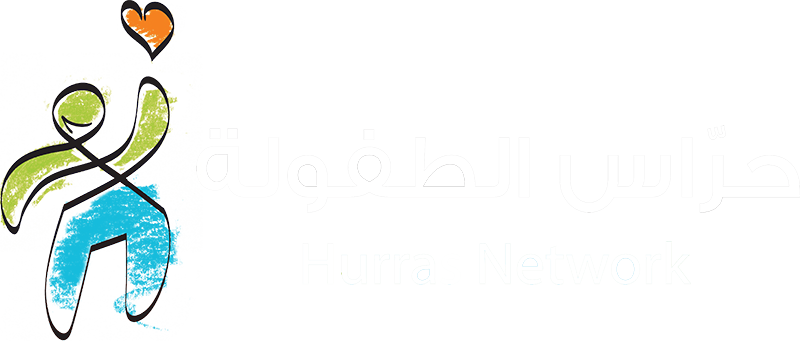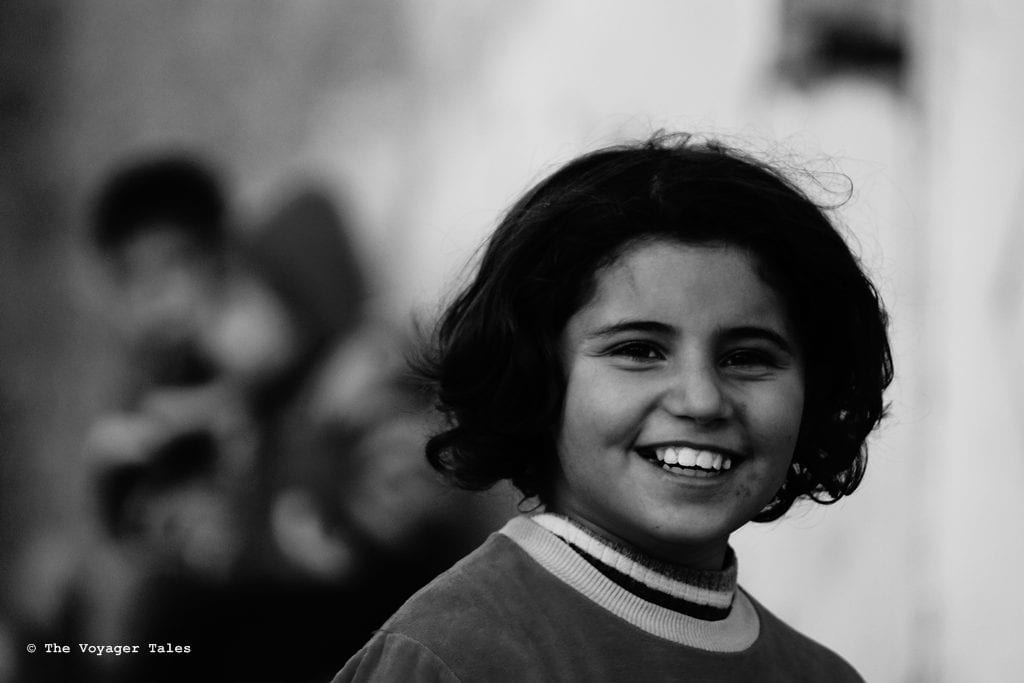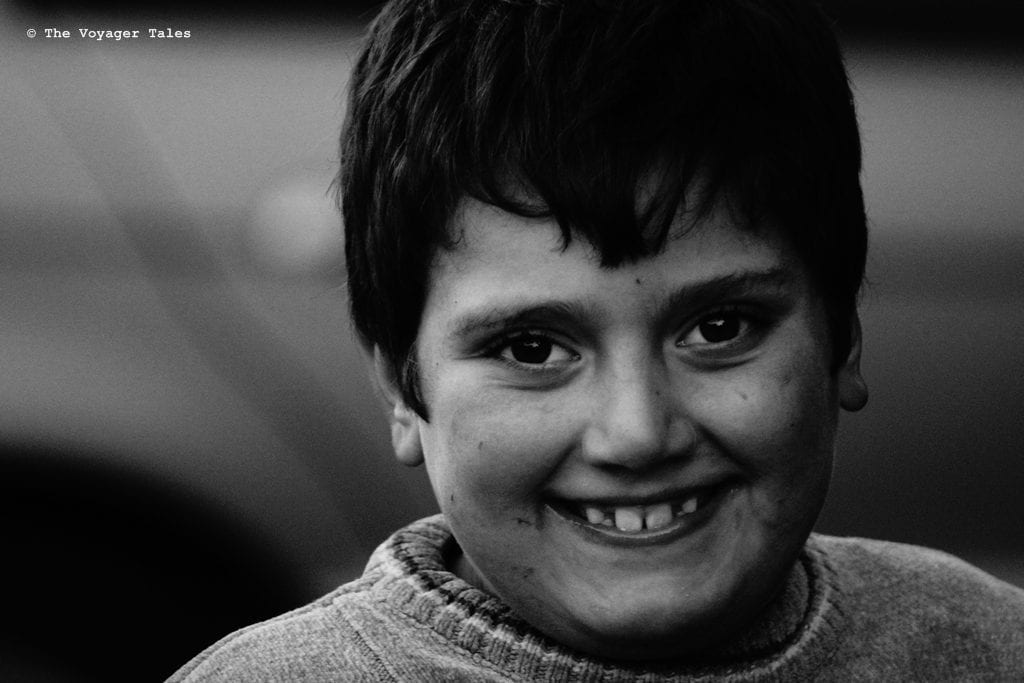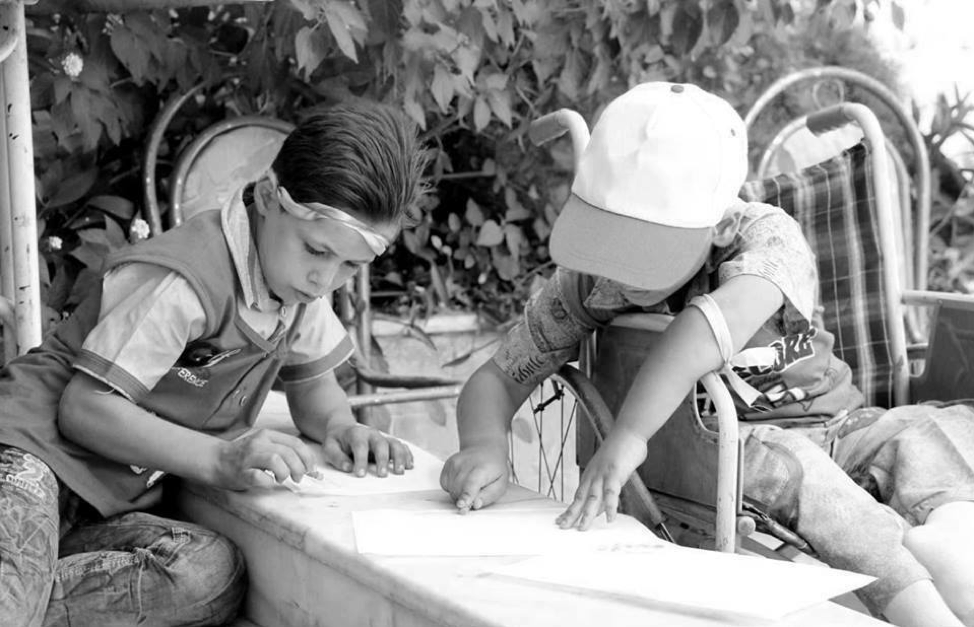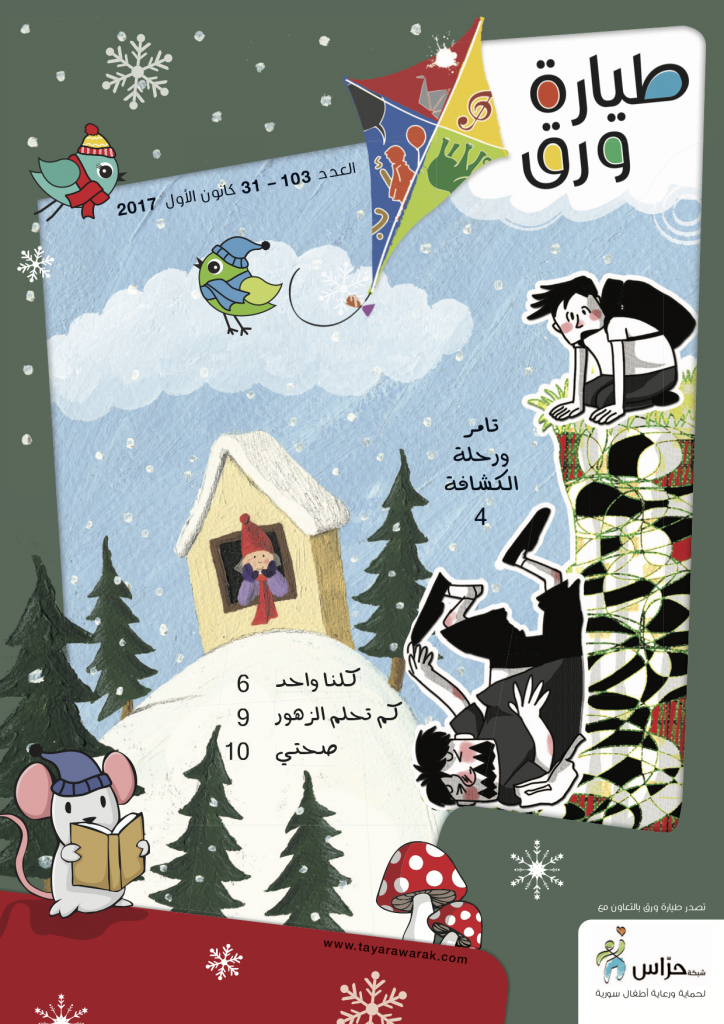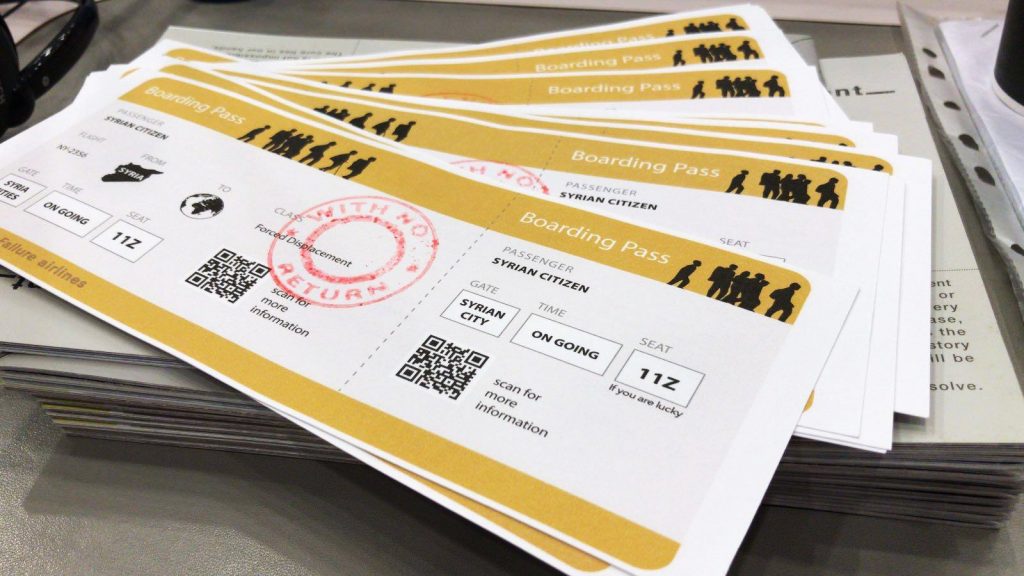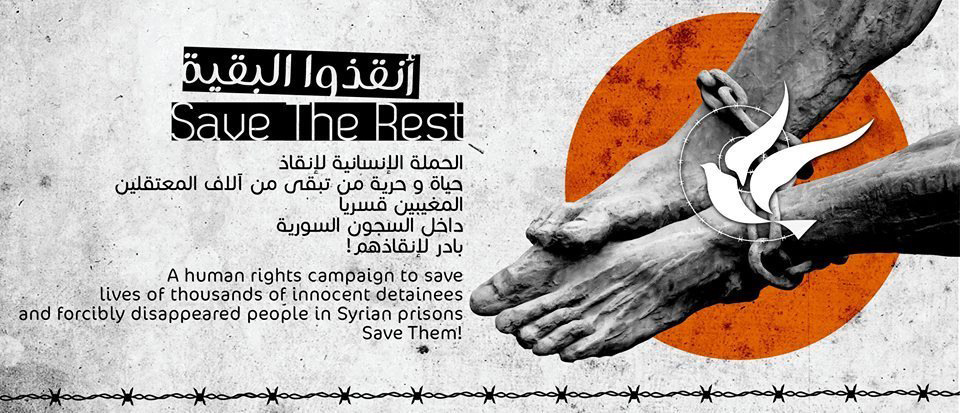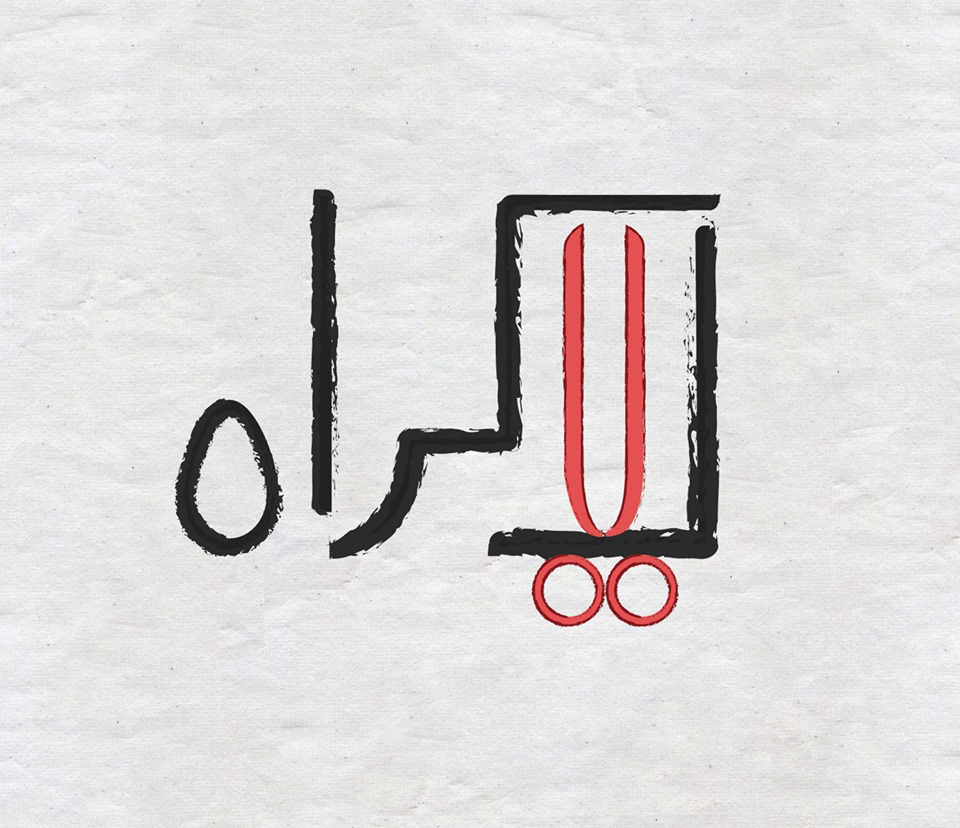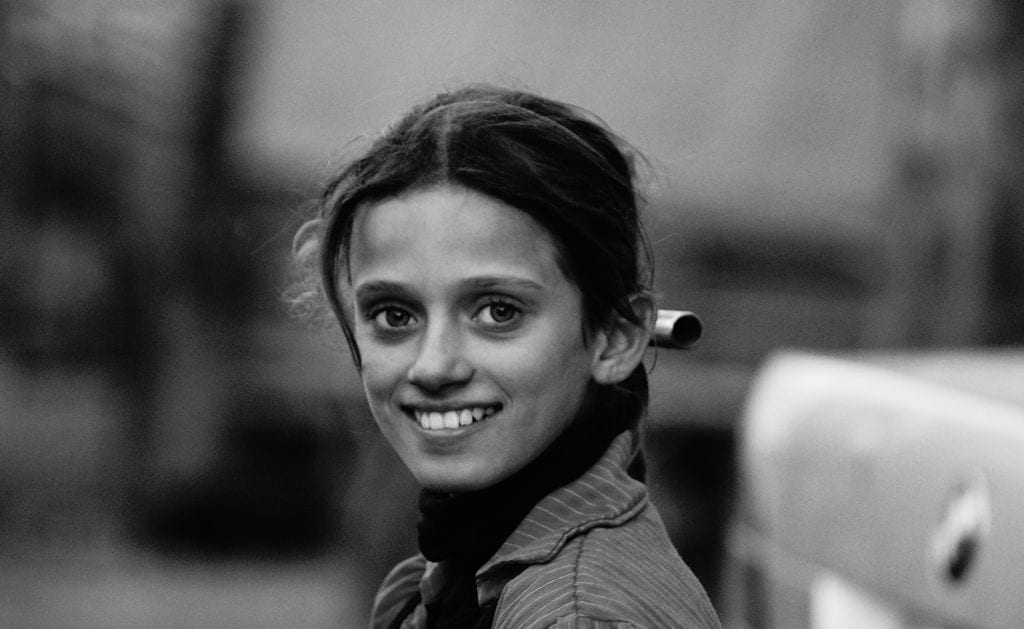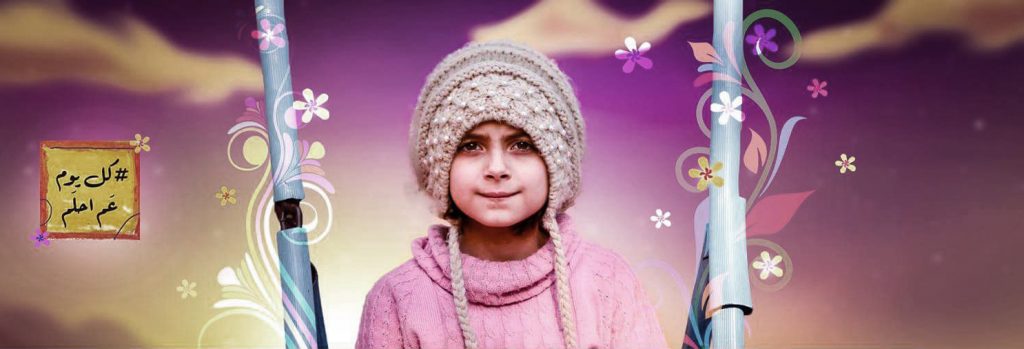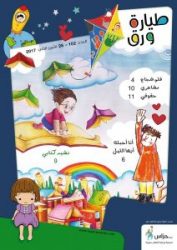What does CG monitor?
Monitoring and documentation in CG is a systematic and ongoing collection of information about levels and patterns of violence, exploitation, abuse and neglect. This includes collecting information about specific incidents or violations.
Why monitoring and documentation?
Monitoring and documentation are at the heart of any child protection initiative. It is crucial for safeguarding children, enforcing justice, and creating accountability of states, society and other key actors for their commitments and obligations to child rights.
Without understanding and assessing the levels and causes of violations against children it would be hard for us to address them.
CG collects objective and timely information on grave violations against children in an ethical manner. We use this information to systematically improve prevention, response and advocacy measures.

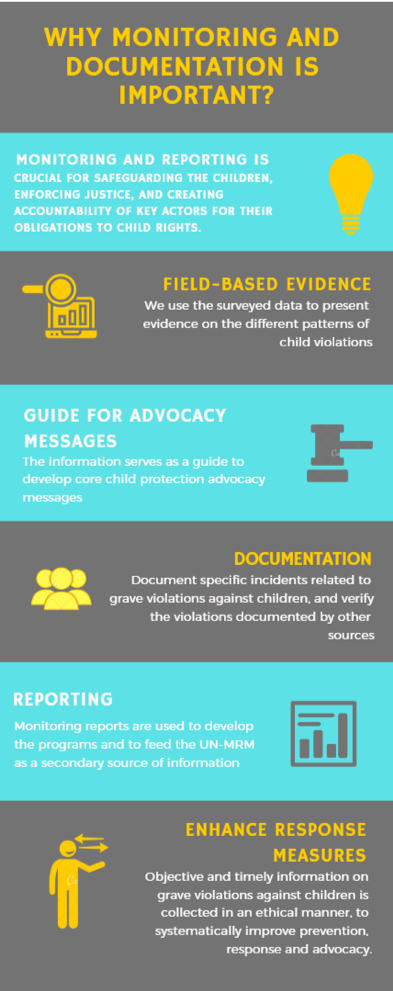
- We use the information surveyed by our monitoring teams to provide decision makers with credible evidence on the different patterns of violations against children in the areas where we operate.
- This information then serves as a guide to develop advocacy messages to help influence target groups and make a positive change.
- The target groups include local communities where CG operates. Our main focus is addressing the key priorities of those communities within the context of Syria.
- Monitoring and documentation involve working with platforms (CG is a member of The Alliance for Child Protection in Humanitarian Action, and several other international children rights groups).
Our approach to monitoring and documentation
Our approach to monitoring and documentation
CG has trained 62 field enumerators to collect information related to children in the areas where we operate. This team is supervised by an experienced lawyer to perform the following tasks:
- Survey trends of children’s rights violations at the community level and report on the outcomes to CG’s programming staff.
- Document specific incidents related to grave violations against children.
- Data collected is also used to feed the United Nations Monitoring and Reporting Mechanisms on Grave Violations Against Children (UN-MRM) as a secondary source of information.
- The team also provides verification on the grave violations documented by other sources.

How can you help?
- Help us reach our target! Donate for our monitoring and documentation programme
- Volunteer
- Tell people in your community about our cause
Monitoring and Documentation Program FAQ
Child Guardians Organisation regards all information collected by the Monitoring and Documentation program relating to children and their families as strictly confidential and does not share such information with any party. Child Guardians may share statistics about the numbers of children at risk, but only in a manner that ensures confidentiality with regard to the identities of these children and their families.
The Monitoring program documents the six grave violations of child rights as identified by the UN (Killing and maiming of children; recruitment or use of children as soldiers; sexual violence against children; abduction of children; attacks against schools or hospitals; and denial of humanitarian access for children), in addition to other violations such as media violations and violations committed by the community, including child labour, early marriage, physical and emotional abuse, deprivation of education, and other direct or indirect violations against the children.
No. The child, his or her parents and/or the violation witness will not receive any compensation or fees in exchange for filing the violation. No such pledge will be made to them in order to maintain the credibility of the submitted reports.
Child Guardians is committed to conducting impartial monitoring and documents all violations committed by any party regardless of their political orientation or affiliation.
The monitoring of violations represents the first line of defense for children in their communities. It provides an indirect deterrent to perpetrators, as they realize that their violations are under scrutiny. Monitoring also guides awareness programs by highlighting the different patterns of violations against children.
Monitoring programs also help document crimes committed by parties to the conflict, and reserves the evidence and testimonies to be used if the perpetrators are prosecuted in future.

